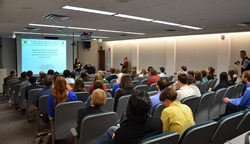 Ameya Narkar received first prize for his poster presentation at the 2017 Upper Peninsula American Chemical Society Student Research Symposium, which was held Saturday, March 25, 2017, in Marquette.
Ameya Narkar received first prize for his poster presentation at the 2017 Upper Peninsula American Chemical Society Student Research Symposium, which was held Saturday, March 25, 2017, in Marquette.
The title of the poster was “Effect of Addition of Acrylic Acid (AAc) on the Wet Adhesion Properties of Mussel-inspired Hydrogels at Multiple pH Values.” Narkar is a PhD student working in the research lab of Bruce Lee.
Muxue Zhang, a graduate student in environmental engineering, was awarded third place at the symposium.
Zhang, a second-year master’s student, presented on her thesis work about predicting the reverse osmosis (RO) rejection of toxicologically relevant organics for direct potable reuse application in wastewater reclamation processes.
She works with Daisuke Minakata (CEE). Her work is part of a funded water reuse project looking at the intrinsic interactions between a wide variety of organics and RO membrane using computational chemistry tools.
The purpose of the event is to provide a venue for students to present their research in chemistry, chemical engineering and related fields. This symposium is an excellent opportunity for students, faculty and the community at large to learn about the interesting research being conducted in the UP. It was hosted by the ACS Upper Peninsula Local Section on the campus of Northern Michigan University.
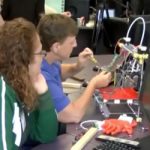 The Summer Undergraduate Research Fellowship (SURF) program will fund 20 students from across the University with funds from the office of the Vice President for Research. Previous SURF award recipients have included Goldwater Scholarship and NSF Graduate Research Fellowship recipients. Since 2002, SURF students have co-authored 71 peer-reviewed publications. This year’s recipients, project titles and advisors are listed on the SURF
The Summer Undergraduate Research Fellowship (SURF) program will fund 20 students from across the University with funds from the office of the Vice President for Research. Previous SURF award recipients have included Goldwater Scholarship and NSF Graduate Research Fellowship recipients. Since 2002, SURF students have co-authored 71 peer-reviewed publications. This year’s recipients, project titles and advisors are listed on the SURF 

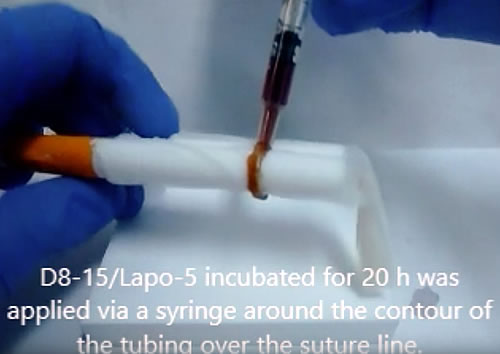

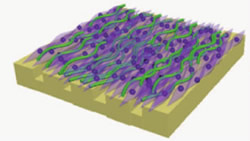
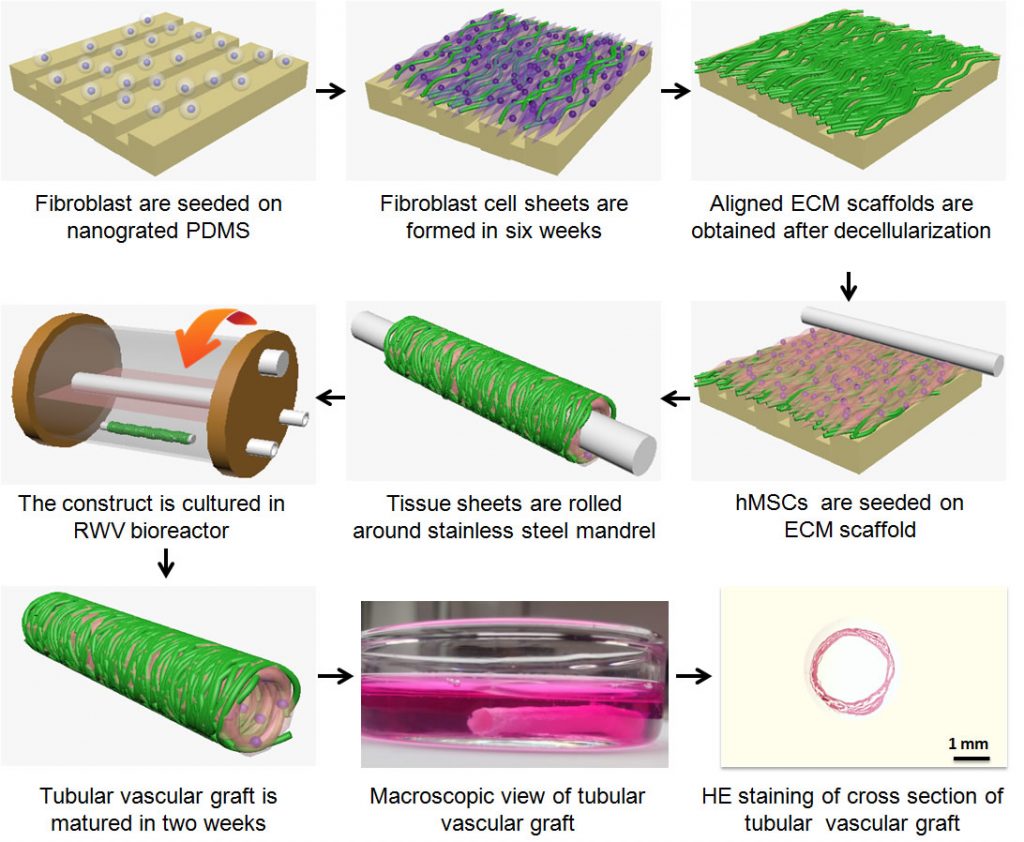
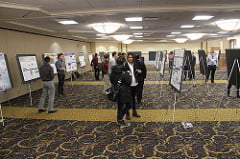

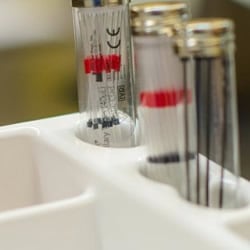
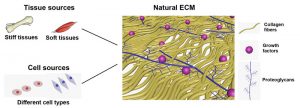
 Nearly 350 bachelor’s, master’s and PhD recipients are expected to take part in Michigan Technological University’s Midyear Commencement Saturday. Ceremonies take place at 10:30 a.m. Dec. 17, 2016, in the Wood Gym of the Student Development Complex.
Nearly 350 bachelor’s, master’s and PhD recipients are expected to take part in Michigan Technological University’s Midyear Commencement Saturday. Ceremonies take place at 10:30 a.m. Dec. 17, 2016, in the Wood Gym of the Student Development Complex.